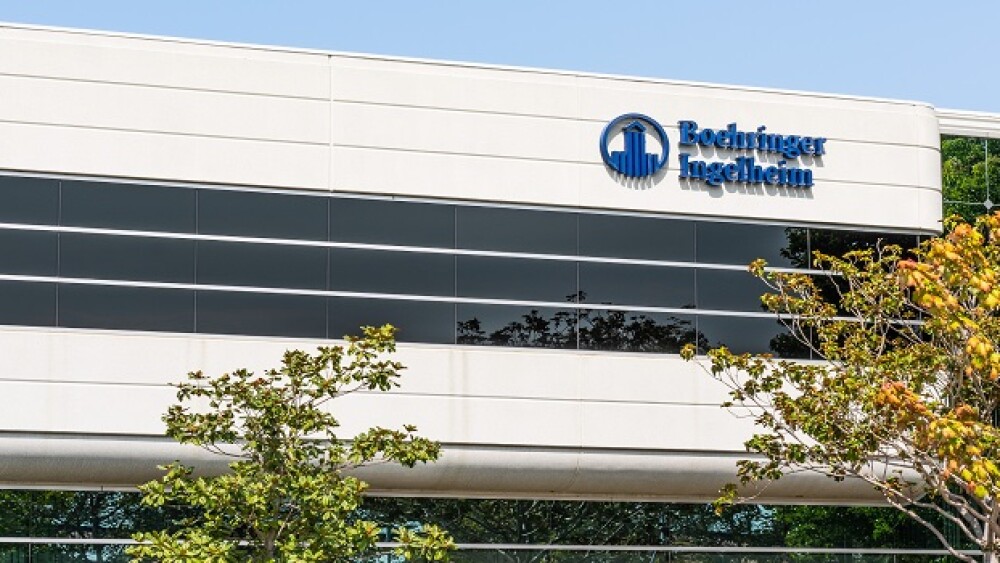August 31, 2015
By Mark Terry, BioSpace.com Breaking News Staff
With 2015 likely to be a record-breaker in terms of merger and acquisition activity in the life sciences market, The Motley Fool sent three of its analysts on the fool’s errand of speculating on who’s likely to be the next buyout target. They chose Biocryst Pharmaceuticals , Biogen, Inc. and Exelixis, Inc. .
BioCryst, headquartered in Durham, N.C., utilizes what it calls structure-guided drug design, involving crystallography, medicinal chemistry, computer modeling and standard biology to develop new drug candidates. It currently has two broad pipeline programs, one for oral inhibitors of plasma kallikrein for hereditary angioedema. Those include BCX4161, BCX7353 and other second-generation candidates. The second program is an antiviral product against hemorrhagic fevers like Ebola, primarily BCX4430.
Sean Williams, writing for The Motley Fool, notes that BioCryst has a drug on the market, Rapivab, for the treatment of acute uncomplicated influenza. In addition, the company’s recent second quarter earnings report show the company’s second quarter earnings were $25.6 million in 2015, up from $1.5 million in the same quarter in 2014, primarily from a licensing deal for Rapivab and collaboration revenue for BCX4430 against Ebola and other filovirus diseases. Williams also points out that the company has $132 million in cash and cash equivalents, which might be attractive to investors.
Cheryl Swanson speculates that Biogen could be a target for Allergan Inc. , arguing that Biogen’s stocks have been “overly punished,” and as a result, appealing to any potential buyers. Swanson notes that Biogen’s multiple sclerosis (MS) franchise overlaps with Allergan’s central nervous system (CNS) franchise.
Biogen has been having a complicated year with its Alzheimer’s drug collaboration with Eli Lilly and Company . The two company’s drug solanezumab for Alzheimer’s showed disappointing data in 2012, but the companies have tried to focus on a subgroup of AD patients that have a milder form of the disease that seemed to respond to the drug.
In July, Biogen announced results from a Phase Ib trial of Alzheimer’s drug aducanumab in patients with mild AD, which were presented at the Alzheimer’s Association International Conference in Washington, D.C. It showed a statistically significant drop of beta amyloid in the brain and appeared to be well tolerated. The company has begun screening patients for a Phase III trial.
Biogen has also reported positive safety data for its hemophilia B drug, Alprolix.
Allergan’s an interesting choice. In late June the company bought Kythera Biopharmaceuticals, Inc. for about $2.1 billion. Kythera focuses on treatments for double chins and male pattern baldness, which fits into Allergan’s Botox franchise. Earlier, in March, Allergan was acquired by Dublin-based Actavis plc for about $70.5 billion.
George Budwell picks oncology company Exelixis, Inc. , citing the company’s cancer drug Cometriq’s potential label expansion to include advanced kidney cancer. Only last month, Exelixis announced results from its Phase III clinical METEOR trial comparing Cometriq to everolimus in metastatic renal cell carcinoma. It indicated a statistically significant increase in progression-free survival (PFS) in the first 375 patients and cut the risk of death or disease progression by 42 percent.
At least as likely as these three is the possibility of some sort of deal involving Baxalta, either Baxalta’s acquisition by Dublin-based Shire, which Baxalta has been resisting, or recent rumors that Baxalta is considering buying Ariad Pharmaceuticals, Inc. . An acquisition of Ariad would include its cancer drug Iclusig, which is doing well in the market. It would also potentially strengthen Baxalta in fending off the Shire buyout. Ariad also has Brigatinib and AP32788 in its pipeline for non-small cell lung cancer.





